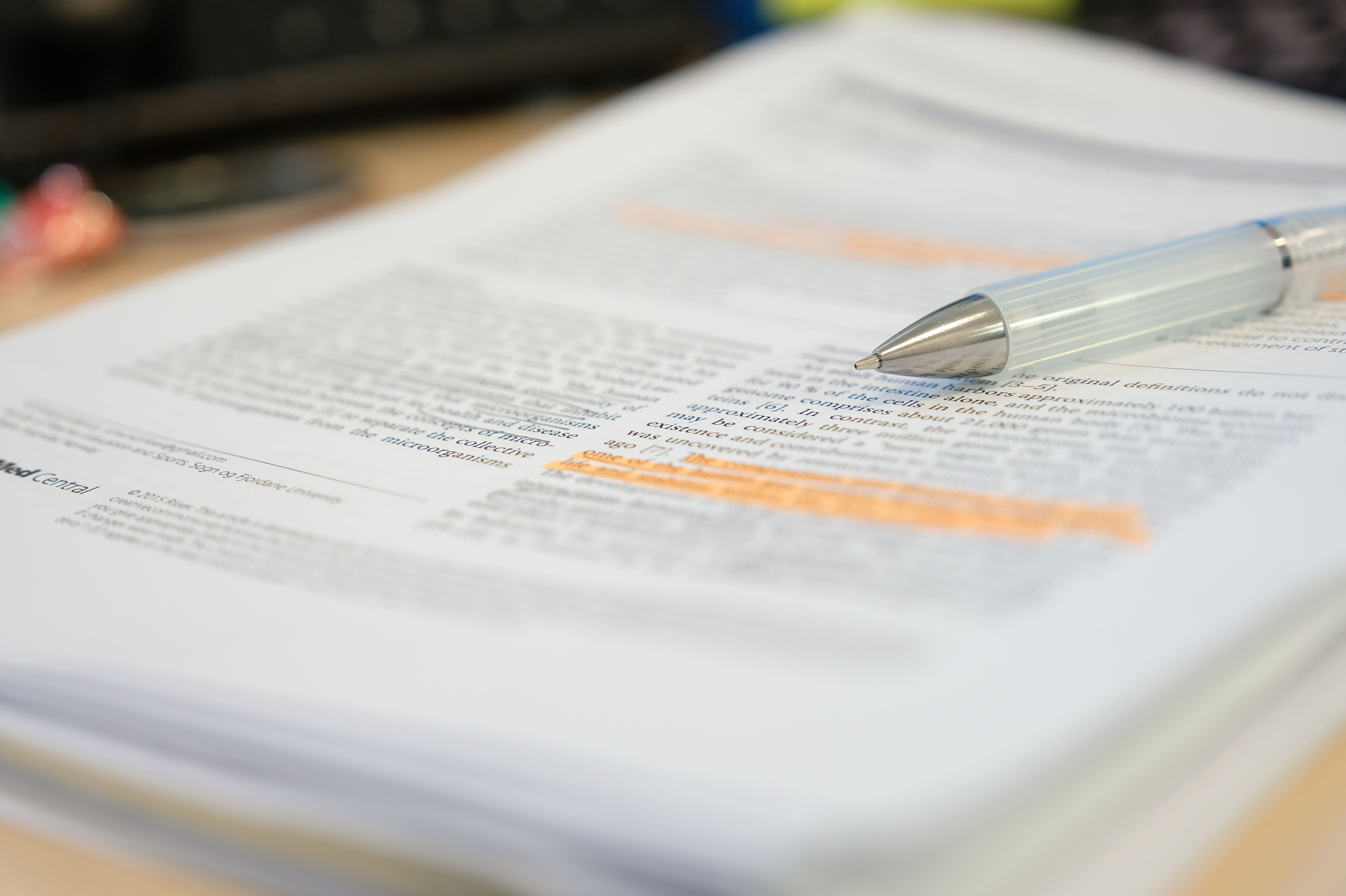
(Vienna, 11 August 2021) The editorial board of the journal NeuroImage has voted a MedUni Vienna paper, produced in collaboration with colleagues in New York, Paris, Baltimore and Hamburg, with major contributions from Karl-Heinz Nenning (as shared first author) and Ernst Schwartz, "Best Paper of the Year 2020".
Comparative neurosciences use structural and functional imaging to describe aspects of evolutionary brain development, in order to identify specific features of the human brain and their origin. New mathematical methods make it possible to decouple brain anatomy and function in the study of brain evolution. Observations facilitated by these methods show that particularly areas associated with unique human cognitive functions have not only grown over the course of evolution but have undergone a complex process of reorganisation.
While the functional architecture of some neuronal systems in the brain (e.g. motor functions) has been largely conserved over the course of evolution, marked differences between humans and other species in other regions point to characteristics that could explain the unique cognitive abilities of humans. Evolution therefore offers an important insight into the way in which cortical organisation can influence function and vice versa.
These investigations have been hampered by the fact that, although changes in morphology and also changes in functional organisation have shaped the mammalian cerebral cortex during evolution, it was not possible, until now, to study these two aspects separately from each other.
In a collaboration between the Medical University of Vienna (Department of Biomedical Imaging and Image-guided Therapy, Computational Imaging Research Lab CIR, shared first author: Karl-Heinz Nenning), and groups in the USA, UK, Canada and France (including Child Mind Institute, Johns Hopkins University, University of Hamburg, Massachusetts Institute of Technology), researchers developed a method for identifying homologous regions between humans and rhesus macaque monkeys and quantifying the degree of functional reorganisation. In order to do this, the method decouples differences between functional networks from differences in their cortical morphology. This gives a clear picture of the similarities in functional organisation between the two species, which reflects a gradient of evolutionary changes: high similarity of unimodal systems and pronounced changes in the posterior regions of the default mode network. This default mode network is an important human neuronal system and the findings suggest that the establishment of the default mode network, as the apex of a cognitive hierarchy, has changed in a complex manner during human evolution.
"This paper brings together three aspects," explains study leader Georg Langs, "the clinical motivation to be able to look at function and anatomy in a decoupled way in neuronal reorganisation in patients, the resulting basic research on the evolution of the functional architecture of our brain, and finally also new approaches in the mathematical field of manifolds and their alignment that make this possible".
The MedUni Vienna authors
Karl-Heinz Nenning (CIR Lab, Department of Biomedical Imaging and Image-guided Therapy) studied computer sciences at Vienna University of Technology and did his PhD in computational neuroscience in the Computational Imaging Research Lab (CIR) of the Medical University of Vienna's Department of Biomedical Imaging and Image-guided Therapy. He is going to work as a postdoc at the Nathan Kline Institute in New York.
Ernst Schwartz (CIR Lab, Department of Biomedical Imaging and Image-guided Therapy) also studied computer sciences at Vienna University of Technology and is currently working in the CIR Lab on his PhD in brain development and computer-based modelling based on MRI data.
Study leader Georg Langs heads up the Computational Imaging Research Lab (CIR) at MedUni Vienna's Department of Biomedical Imaging and Image-guided Therapy. He is Professor of Machine Learning in Medical Imaging at the Medical University of Vienna.
Service: NeuroImage
Cross-species functional alignment reveals evolutionary hierarchy within the connectome Ting Xua, Karl-Heinz Nenning, Ernst Schwartz, Seok-Jun Hong, Joshua T. Vogelstein, Alexandros Goulas, Damien A. Faire, Charles E. Schroeder, Daniel S. Marguliesh, Jonny Smallwood, Michael P. Milham, Georg Langs; NeuroImage, Volume 223, 2020, 117346, ISSN 1053-8119, https://doi.org/10.1016/j.neuroimage.2020.117346.

Illustration: Similarity of functional organisation
blue: high degree of reorganisation
red: low degree of reorganisation